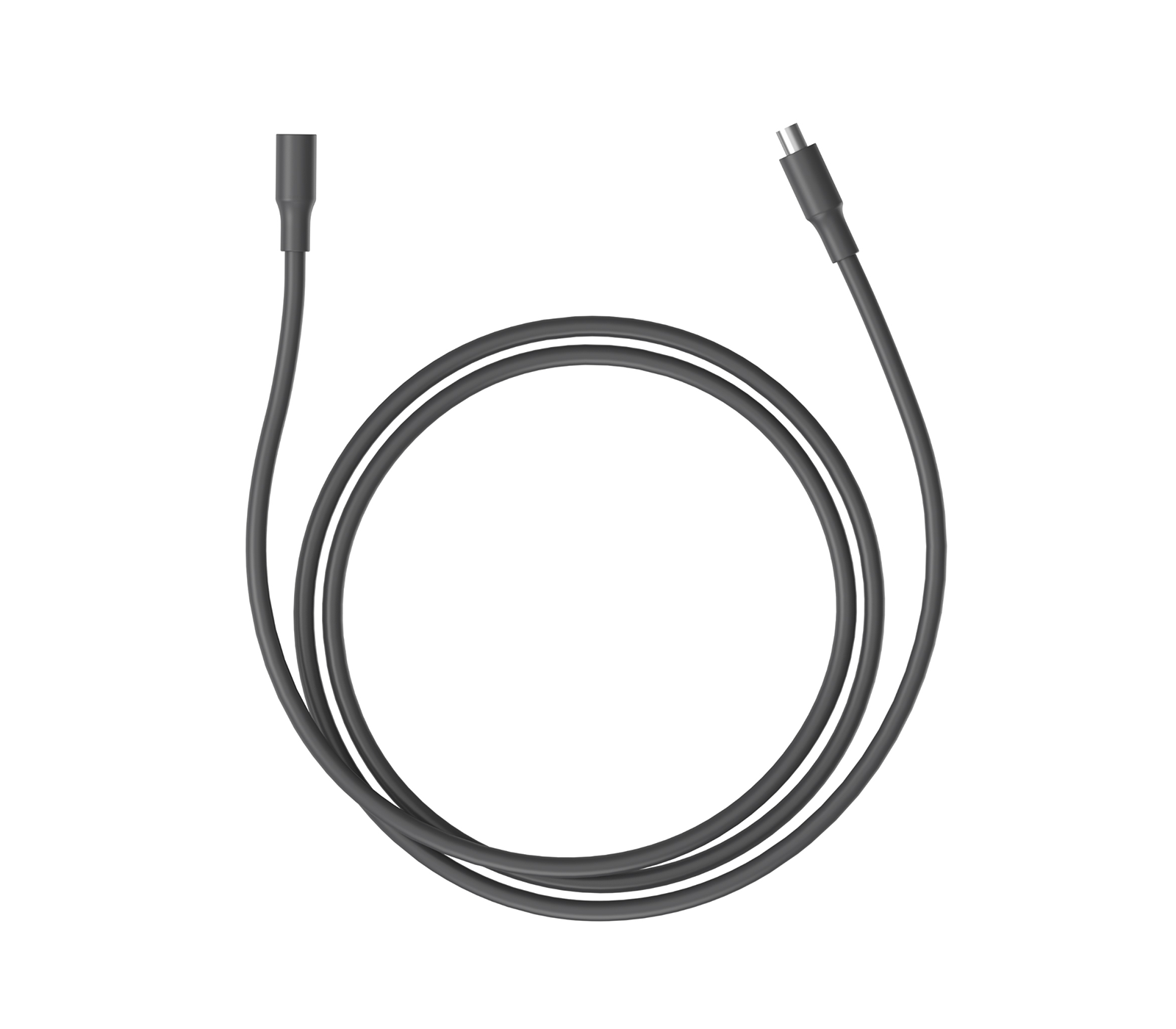You can do everything in your power to prepare for an upcoming weather event or natural disaster, but a lot of the time you cannot prevent damage from afflicting your community. As many ways as there to prepare for a disaster, there are just as many ways to get to work after one.
If you were able to come out of a weather emergency relatively unscathed, you may feel a pull to do something that helps those who were the most affected. Even if a weather event has hit a different part of the country than where you live, you can help those suffering. Here are five ways you can help with disaster relief once the storm has cleared.
1. Donate Money
After natural disasters, there is often a call for people to donate supplies to those in need. However, many charitable organizations can do much more good with monetary donations than physical ones. Even though you have extra blankets and cases of water that you think others may make more use of, the professionals working at organizations like The Red Cross and United Way know specifically what individuals seeking their services need, and can use monetary donations to make it happen! Here is a list of eight organizations that provide disaster relief you can consider donating to.

2. Raise Money
Not everyone is in the financial position to donate money to relief efforts, but that doesn’t mean you can’t help out. If you can’t donate money yourself, organize efforts in your community to get others involved in raising money to be donated. That could look like approaching businesses to match donations from local residents, or encouraging your friends to raise money through online events like the ALS ice bucket challenge.

3. Volunteer Your Time
If you’re located in the specific region where the natural disaster happened or you can safely travel to the area, register with a disaster relief organization to lend your talents in helping on the ground. This type of volunteer work could include passing out food and supplies to displaced families, setting up shelters, or cleaning up neighborhoods. It’s important to note that you should never just show up to a relief area to help without officially registering as a volunteer first.

4. Maintain Your Efforts
For people not directly affected by the natural disaster, the event is over as soon as it leaves the news cycle. However, for those who lost access to clean drinking water, are waiting for the power to come back on, or need to repair damage to their homes, relief efforts can continue for months or even years after the initial weather event. To make the most difference to those in need, keep your efforts up throughout the year and not just for a few days or weeks after the storm. Keep donating your time or money, continue fundraising, and continue speaking about those still in need in order to ensure they get the help they need!
5. Educate Others
In order to make a greater impact and help your community throughout the entire year, become an educator on disaster preparedness! By educating yourself about the steps to take to prepare your home for weather emergencies in your area, you can then become an educator and help those in your community also be prepared. You can start small by educating your family and friends, start a blog or website to get local information out to the community, or even partner with local officials to get the most relevant information to residents prior to natural disasters affecting the area.
Summary
There are many ways for people to lend a hand in helping those who have experienced a natural disaster get back on their feet. Instead of donating supplies, donate money to a charitable organization that works with residents on the ground. If you can’t donate, organize fundraisers to encourage others to donate or register to volunteer with a relief organization. Keep your efforts up to help the community even after it leaves the news cycle in order to ensure all those in need get the support they need. Finally, be a source of information to educate the community on how they can prepare ahead of time to diminish the effects of a natural disaster on their home.
For more information about how to prepare for disasters in your area, check out the rest of our blog.

About Geneverse: Geneverse (formerly Generark) is the most reliablesolar generator and source of emergency backup power for your home and community. From theHomePower backup battery power station providing portable access to electricity, to theSolarPowersolar panels as a source for recharging, never be disconnected from what matters most to you. Learn more about how Geneverse and its industry-leading 5-year limited warranty can bring protection and security to your family ongeneverse.com. Never face a power outage alone, and power your home with a solar generator from Geneverse.












Leave a comment (all fields required)